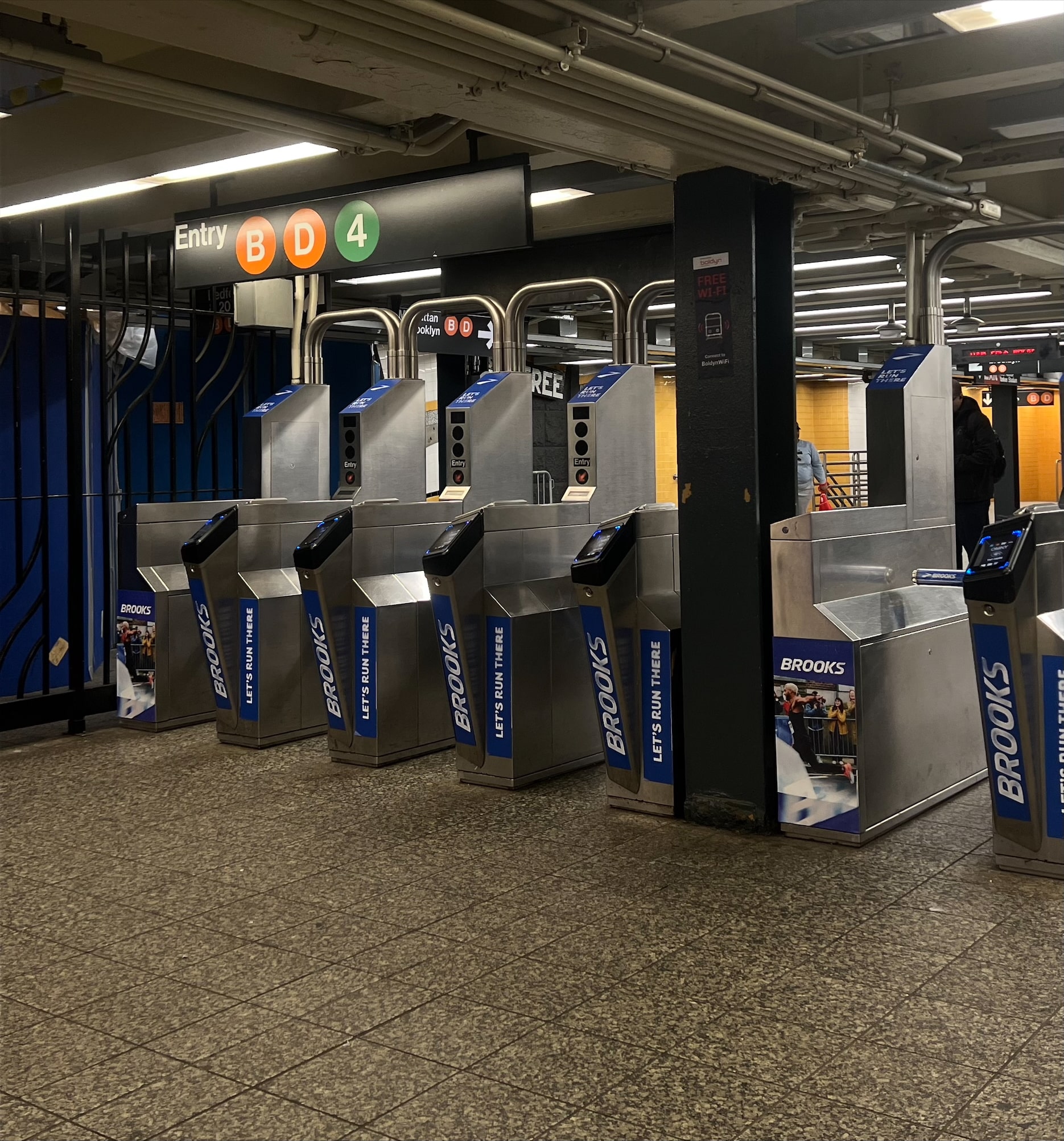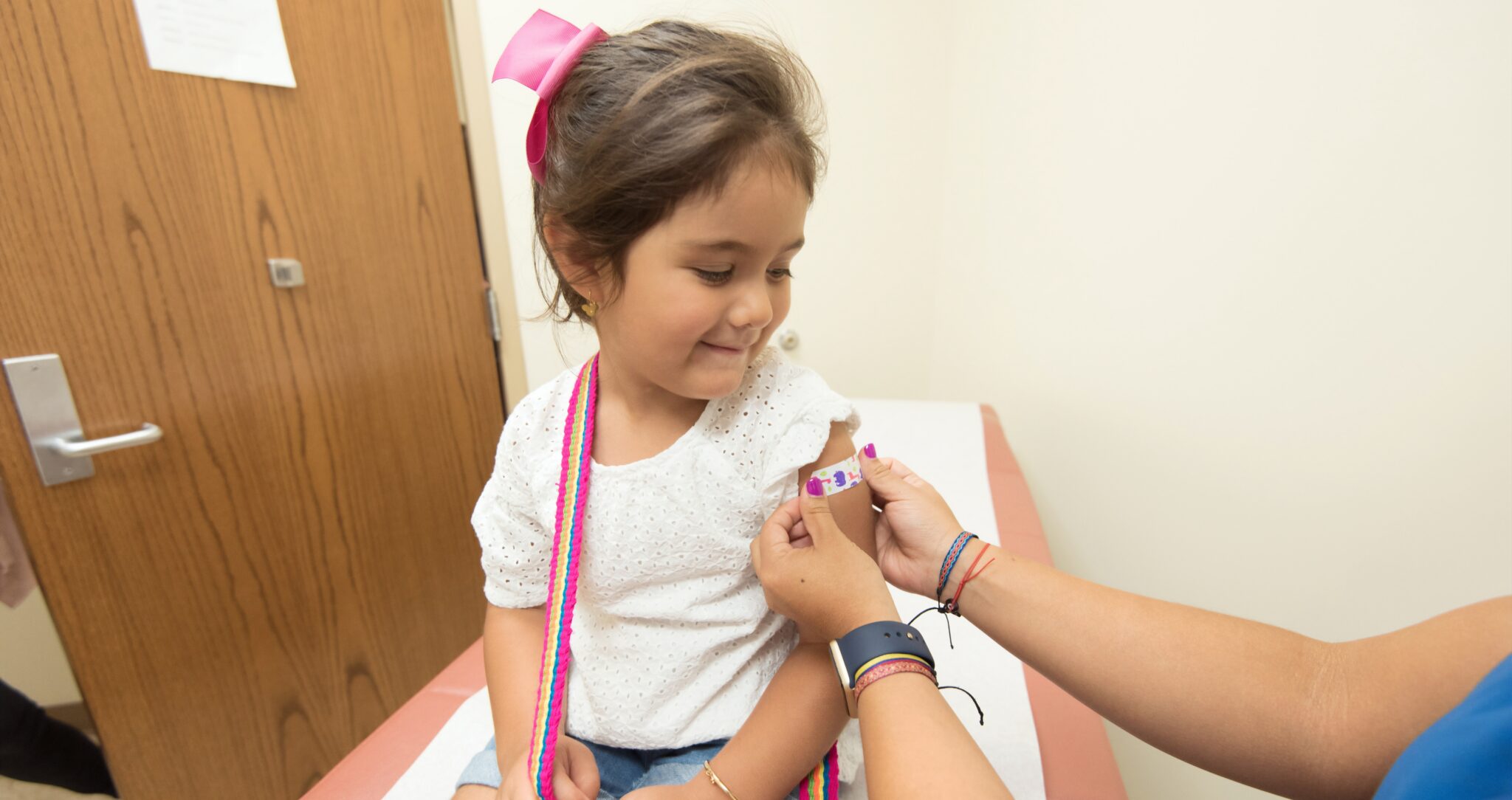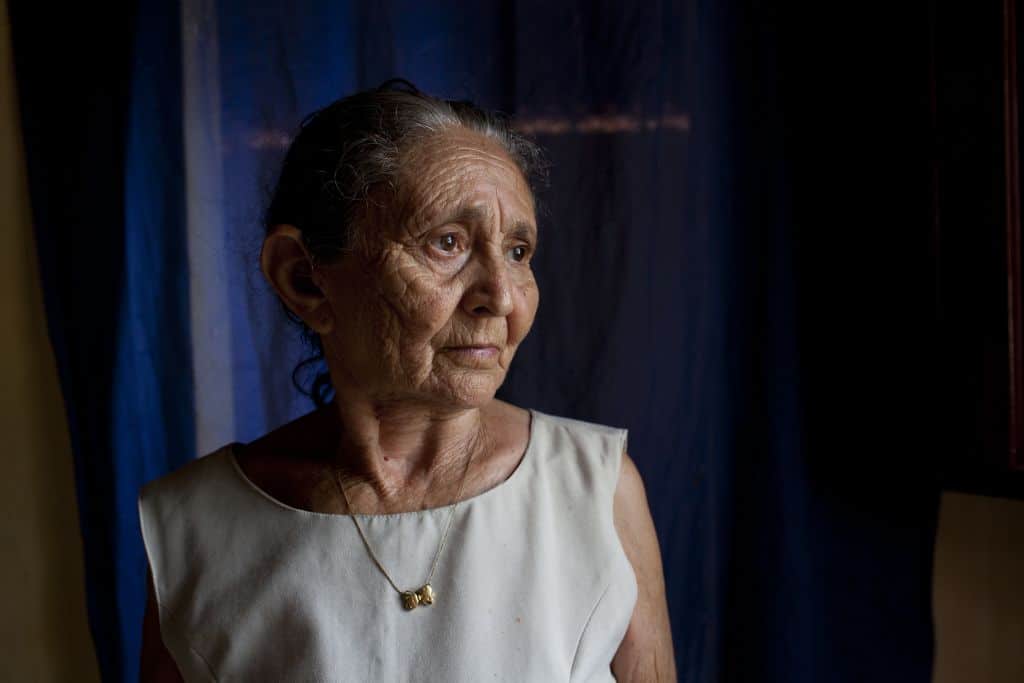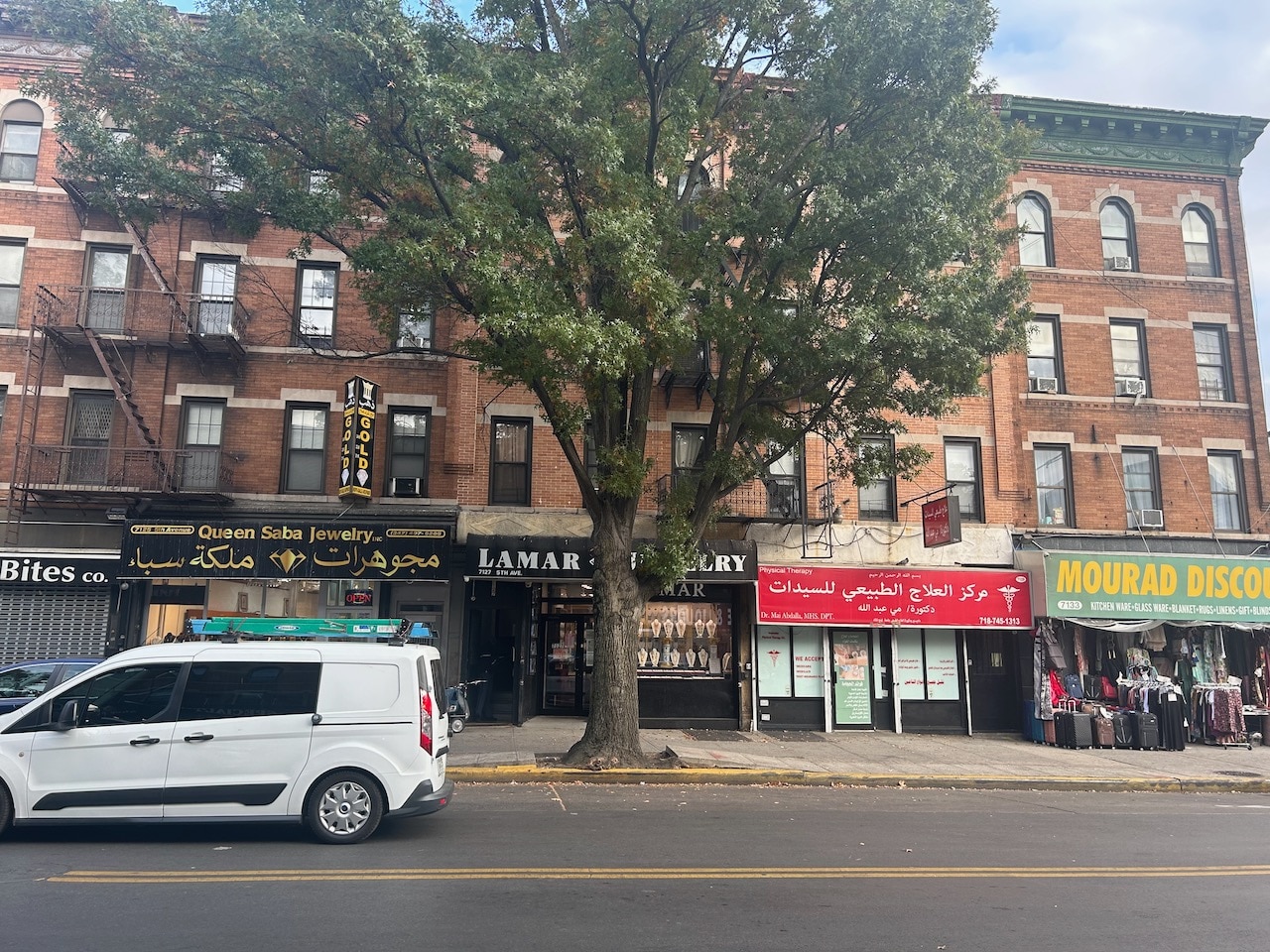Photo by Bryanna Inoa
At 6:30 a.m., Lisette Cruz boards the Metro-North train from Yonkers, headphones on, coffee in hand. She typically transfers at Harlem–125th Street to catch the downtown 4 train to New York University, where she studies theater. “I pay just to feel stressed,” says Cruz. “Every few years, the fare goes up, but it’s not like I’m getting anything better in return.”
Cruz joins countless young New Yorkers squeezed by a public transit system that demands more money while offering no noticeable improvement in service or safety. In August, the Metropolitan Transportation Authority (MTA) will bump subway and bus fares from $2.90 to $3.00. This upcoming 4% hike continues the MTA’s biennial increase pattern that started in 2009. MTA officials argue that the hikes address rising costs and help fund capital projects, such as the expansion of platform safety features, new communication systems, and a $1.27 billion investment in new subway cars.
But many riders say these upgrades feel out of touch with what they need — more frequent service and safer conditions.
“When they do make changes, it’s stuff nobody really cares about, like the new trains. Most of us just want the basics to work,” says Cruz.
The MTA claims the new R211 trains will improve the rider experience, with clearer signage, brighter lights, wider doors for faster boarding, and security cameras in every car. The agency plans to begin deliveries in 2027, prioritizing lines like the A and C trains in Manhattan and Brooklyn.
Riders continue to voice frustration about that disconnect. At the 161st Street station in the Bronx, Diego Salazar, a 36-year-old MTA station agent with ten years on the job, watches rider frustration grow. “Every day, I hear people complain about the fare going up,” Salazar says. “They’re not just upset about the price; it’s that nothing seems to change.”
Salazar acknowledges the agency’s push for infrastructure upgrades but questions their impact on daily riders. “They roll out these fancy new train cars, but most people just want the old ones to run on time,” he says. “We deal with the same broken elevators, safety concerns, and delays.”
Riders also criticize the system’s worsening security. “I never feel safe on the subway,” says Cruz. “There’s always someone getting harassed or worse.”
Recent data backs up her experience. According to the MTA’s Spring 2024 Customer Count survey, only 45% of subway riders felt safe on trains, down from 54% the previous fall. Just 44% felt secure in stations, and overall subway satisfaction dropped to 47% — the lowest since Spring 2022. “The Metro-North costs more, but at least I don’t have to worry every second,” Cruz says. “The MTA keeps failing us, yet fares keep rising. Why should we pay more when nothing improves?”
In response to rider concerns, the MTA has increased police presence across stations and trains, particularly during peak hours. This initiative stems from Governor Hochul’s subway safety plan, announced in March 2024, which also includes deploying National Guard personnel and accelerating the installation of surveillance cameras. Around the same time, the MTA began rolling out conductor safety pilot programs, including high-visibility barriers, and expanded platform edge safety features at select stations.
Advocates say this growing frustration reflects a deeper problem: improving transit shouldn’t fall squarely on working-class riders. Danny Pearlstein, Policy and Communications Director at Riders Alliance, urges leaders to protect transit affordability for transit-reliant New Yorkers.
“Transit must remain affordable, and nobody should lose access to school, work, or healthcare because they can’t afford a fare,” says Pearlstein. “The MTA leans heavily on fare revenue, but the city should support low-income riders who struggle with every increase.”
Pearlstein points out that essential workers and students like Cruz rely entirely on public transit. “We all rely on the people who can’t work remotely,” he says. “That’s why Riders Alliance calls on Mayor Adams to expand Fair Fares and deepen discounts for New Yorkers living below the poverty line.”
The MTA raises fares every two years, except for a 2021 freeze during the pandemic recovery. Discounted programs like Fair Fares NYC, which provides half-priced MetroCards to qualifying low-income residents, offer limited relief. Transit advocates continue pushing for wider eligibility and stronger coverage.
“Some New Yorkers can’t pay a fare at all,” Pearlstein adds, “We need to meet people where they are — sometimes that means offering free rides.”
As another hike approaches, New Yorkers like Cruz absorb steeper costs without gaining safer or more reliable service. “They keep promising improvements,” she says, “but every day just feels harder and more expensive to get where I need to go.”
Tags: Bryanna Inoa bus and subway fares Danny Pearlstein Fair Fares Fare hike Governor Hochul subways Mta MTA fares Riders Alliance subway fare hike
Series: Community






